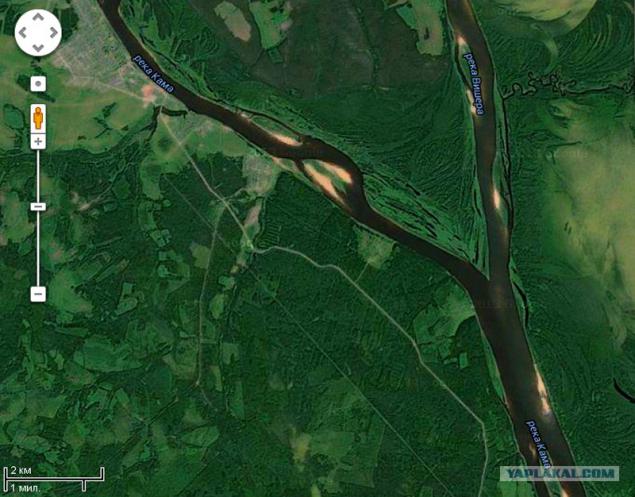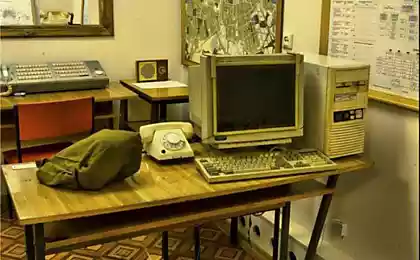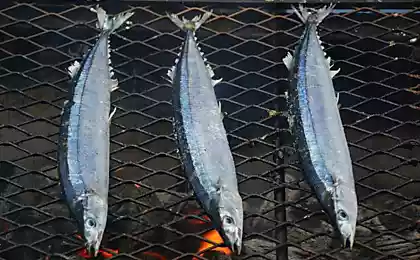744
Hydrogeology
Hence
One of the few truths that I know - is that the Kama for any scenario does not fall into the Caspian Sea.

Most shrug - yeah, Kama flows into the Volga, and only that - in the Caspian Sea. More erudite remember curious geographical incident: in terms of hydrogeology, actually at the confluence of the Volga flows precisely in Kama: Kama affluent, its source on the confluence than the Volga, it takes more water tributaries, and after the merger as the river goes continuation of the Kama river bed, not the Volga:

However, for the sake of accuracy hydrological historical names do not need to change, but even if there was such a need, then Kame still no luck to reach out to the Caspian Sea, because then it will make for it Visscher, in place of its confluence with the Kama situation is exactly the same as Kama and the Volga:

Ptolemy called Volga River generous, or Pa (Rha flu; some Mordovian languages it is still called Rav). So at a very early copy of Ptolemy's map name Rha signed Kama. Volga is drawn as a tributary without a name. If the Volga-Kama returned the historic name of the times of Ptolemy, the geographical name "Kama" would lose meaning, replaced Priralyu, or, more precisely, the Urals. At the same time Europe's longest river, which flows into the Caspian Sea, for historical reasons, has no single name, and its individual sections called Volga, Kama and Vishera.
The word "Wisher", however, no relation to Ra does not and goes back to the Finno-Ugric Voyshor or Voyshur - "Clean River".

Source: http: //
One of the few truths that I know - is that the Kama for any scenario does not fall into the Caspian Sea.

Most shrug - yeah, Kama flows into the Volga, and only that - in the Caspian Sea. More erudite remember curious geographical incident: in terms of hydrogeology, actually at the confluence of the Volga flows precisely in Kama: Kama affluent, its source on the confluence than the Volga, it takes more water tributaries, and after the merger as the river goes continuation of the Kama river bed, not the Volga:

However, for the sake of accuracy hydrological historical names do not need to change, but even if there was such a need, then Kame still no luck to reach out to the Caspian Sea, because then it will make for it Visscher, in place of its confluence with the Kama situation is exactly the same as Kama and the Volga:

Ptolemy called Volga River generous, or Pa (Rha flu; some Mordovian languages it is still called Rav). So at a very early copy of Ptolemy's map name Rha signed Kama. Volga is drawn as a tributary without a name. If the Volga-Kama returned the historic name of the times of Ptolemy, the geographical name "Kama" would lose meaning, replaced Priralyu, or, more precisely, the Urals. At the same time Europe's longest river, which flows into the Caspian Sea, for historical reasons, has no single name, and its individual sections called Volga, Kama and Vishera.
The word "Wisher", however, no relation to Ra does not and goes back to the Finno-Ugric Voyshor or Voyshur - "Clean River".

Source: http: //























